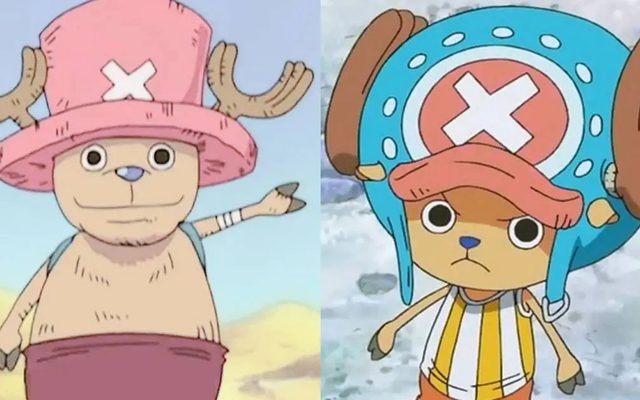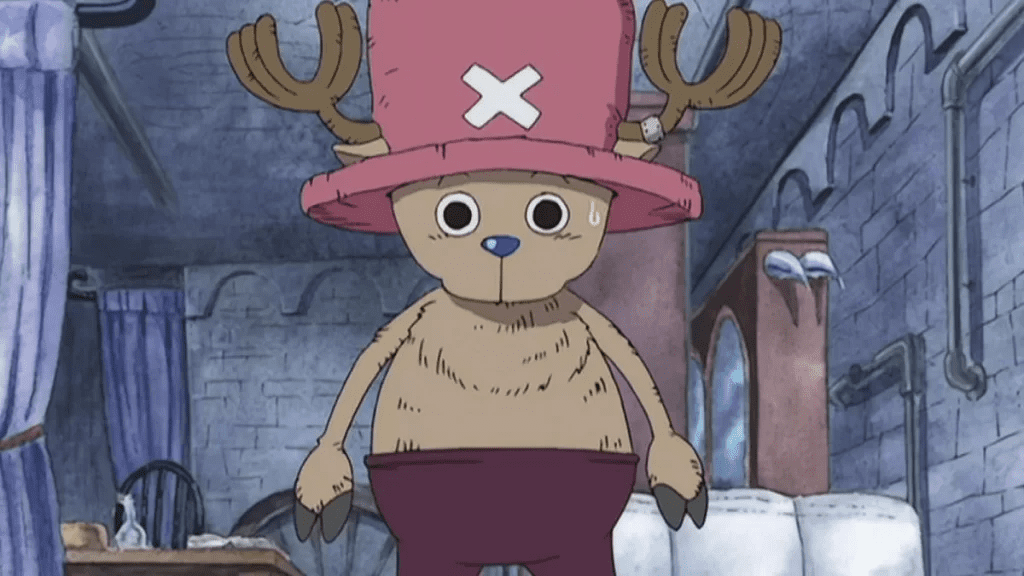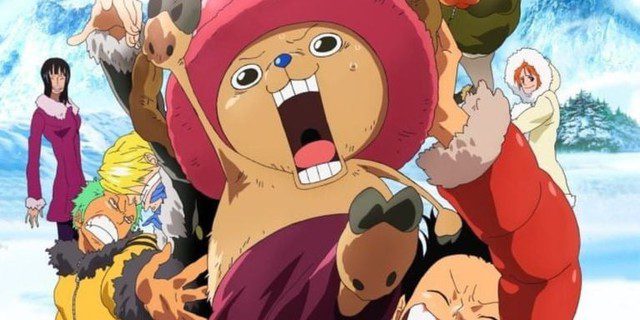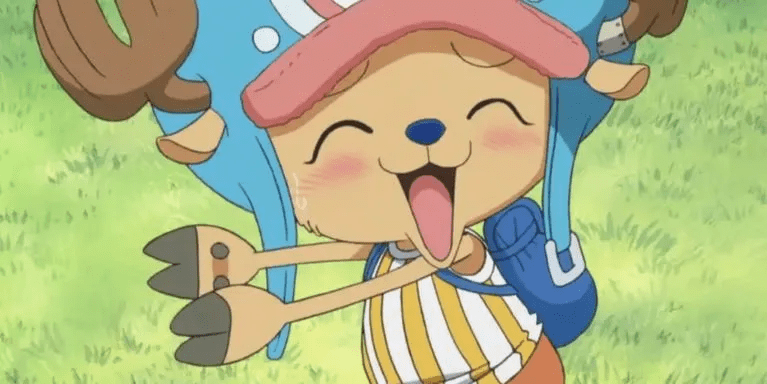
The Evolution of Chopper: A Symbolic Character in One Piece
In the world of One Piece, Eiichiro Oda aimed to create a character that embodies symbolic meaning. This character appears cute and humorous, but can also be a fierce warrior. Chopper is designed to be a “spirit animal” of One Piece and is one of the most important characters in the series.

Chopper originally is a blue-nosed reindeer, hailing from Drum Island in the Grand Line. After accidentally consuming the Hito Hito no Mi (Human-Human Fruit) of the Zoan type, Chopper transformed into a human and gained extraordinary abilities. He later became a doctor for the Straw Hat Pirates and a key member of the crew.
Since his introduction, Chopper has undergone numerous changes in appearance. Oda has shared some insights into the reasons behind the character’s evolving design.
Oda revealed these details during a lively discussion with Gosho Aoyama, the creator of the famous detective series Detective Conan, when they exchanged ideas about how anime influences the original manga. Oda admitted that the anime adaptation inspired him to change Chopper’s appearance.


“After hearing Chopper’s voice in the anime, I decided to make that character a spirit animal,” Oda confessed. He always had a passion for creating spirit animal characters, but he could not ignore the iconic voice of Ikue Otani, who voiced Chopper.
Initially, Chopper appeared in a more “chibi” (super-deformed) style compared to his current design. This design was a less appealing version, but as the anime progressed, Chopper’s unique traits became more pronounced, fitting well with his voice and appealing to the audience’s preferences.

This transformation is not just a choice based on aesthetics; it reflects a response to the voice acting that has shaped the character’s portrayal in the anime, which later influenced his appearance in the manga, creating the character we know today.
Oda’s decision originated from Ikue’s performance in the anime, as he felt that the voice provided a perfect fit for the character’s development. The way the voice influences character design highlights the delicate balance between artistic expression and audience reception, leading to varied opinions about this change.





















